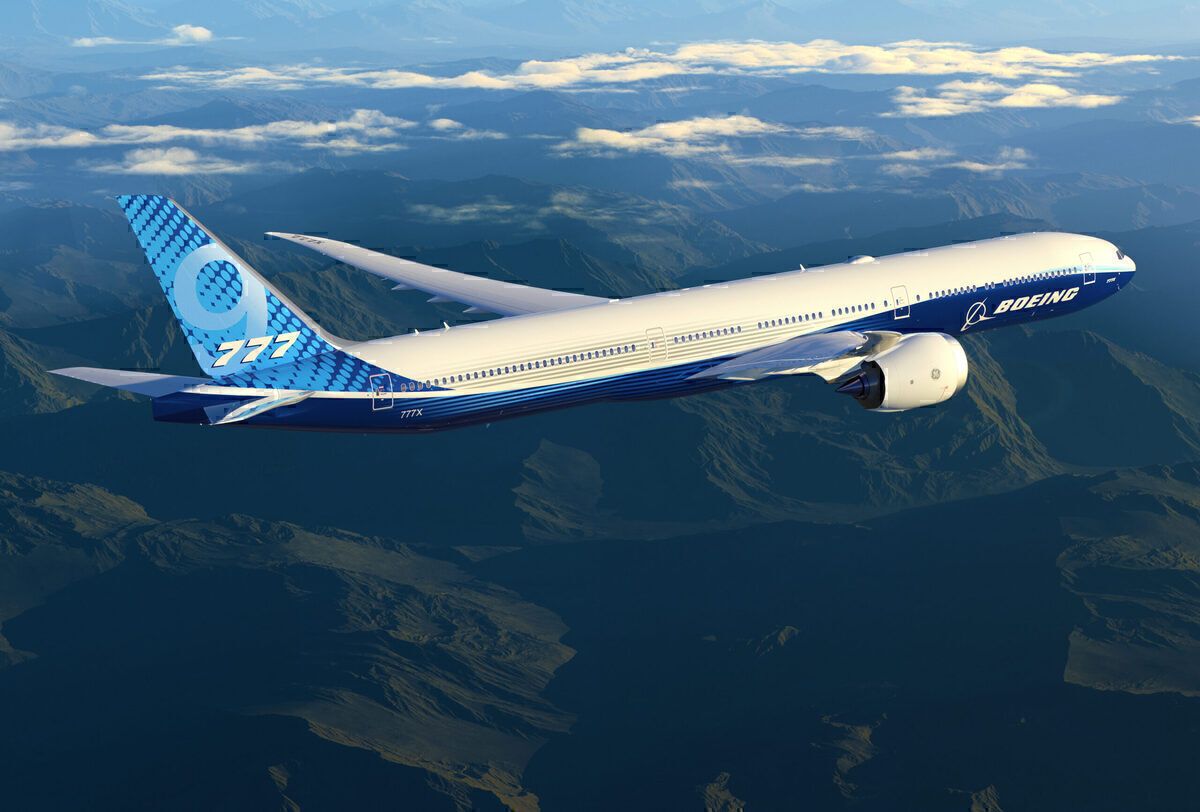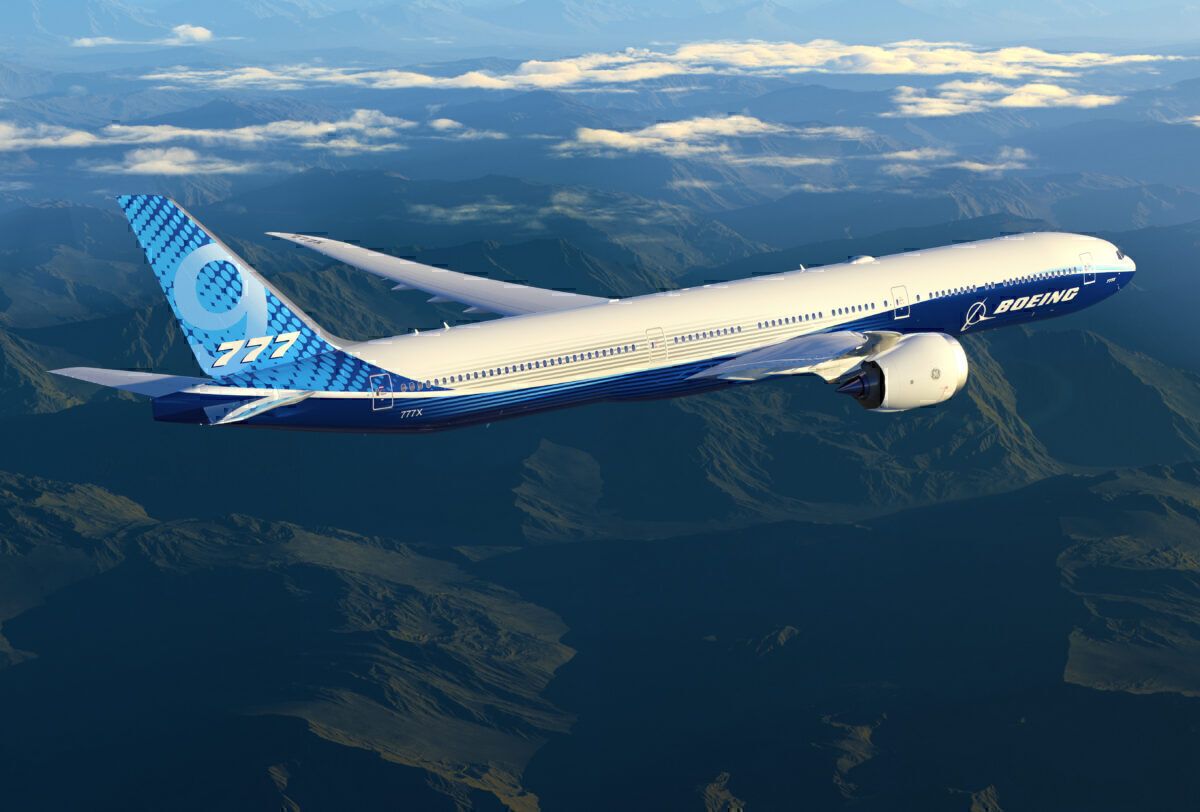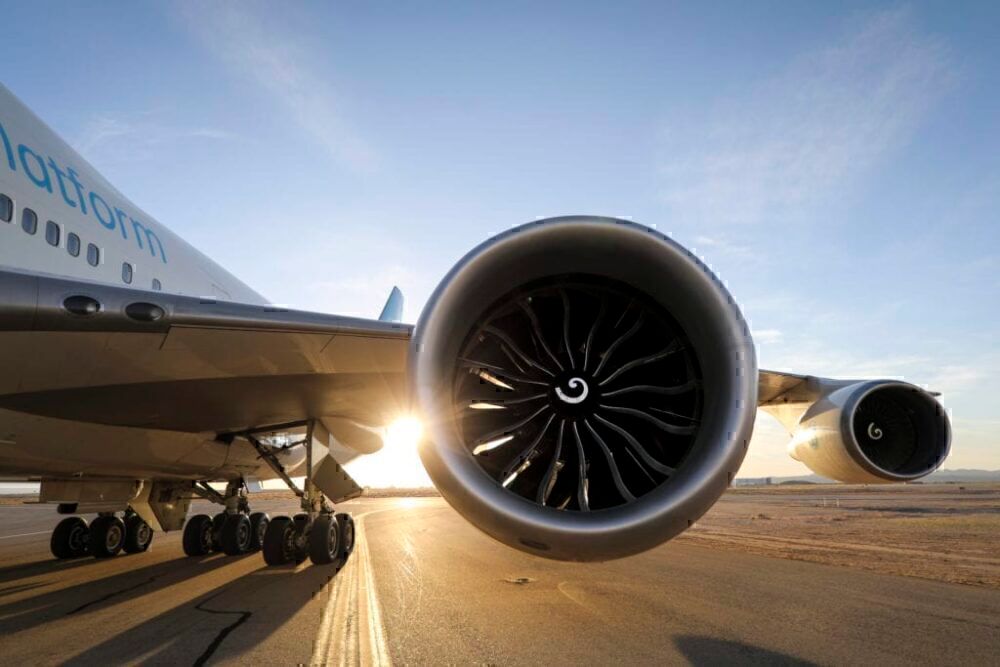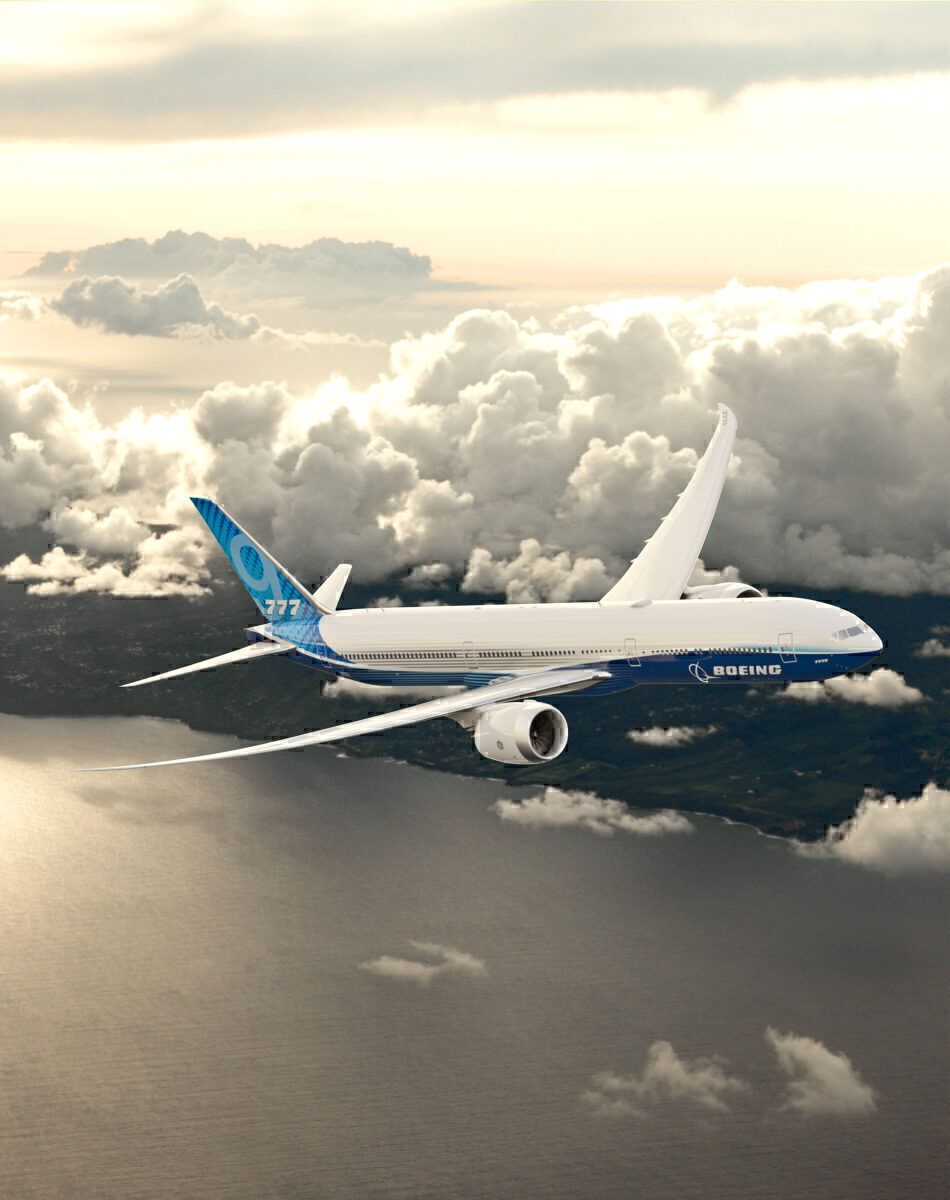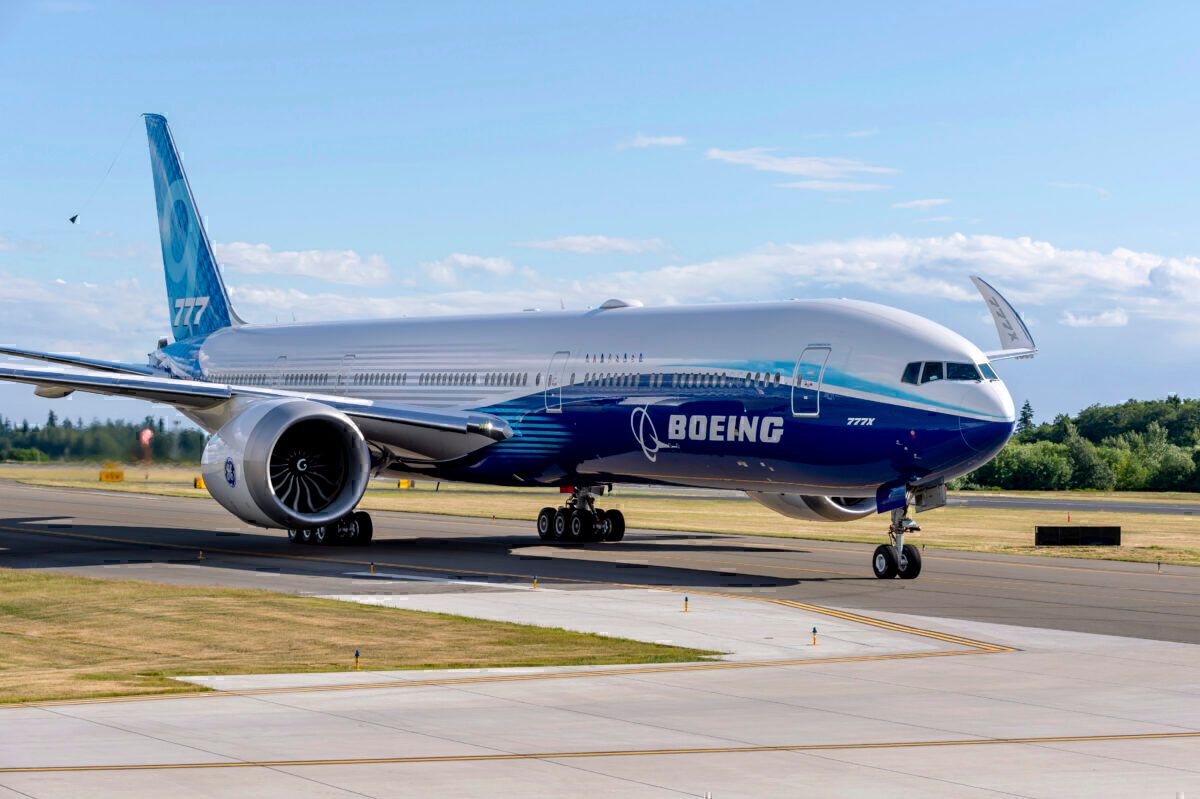With deliveries of the Boeing 777X now pushed back until 2022 and a slowdown in production due to the coronavirus, will Boeing make a specific version of the 777X for the Japanese domestic market? While most people think of Boeing's best-selling widebody jet as a plane used for crossing continents and oceans, Japan's two largest airlines ANA and JAL, deploy the Boeing 777 on domestic routes linking the country's five main islands.
JAL has four Boeing 777-300 aircraft that can seat 500 passengers, while competitor All Nippon Airways has seven specially fitted-out Boeing 777-300s with 514 seats. Incidentally, JAL also deploys Boeing 787 Dreamliners and even uses an Airbus A350 on high-traffic inter-island routes.
Stay informed: Sign up for our daily aviation news digest.
Japan has the third-largest domestic market
The reason Japanese airlines can deploy large widebody aircraft on these routes is that the demand is there. Somewhat surprisingly, Japan has the world's third-largest domestic air market, behind the United States and China.
Before COVID-19 decimated the airline industry, many carriers looked upon the Boeing 777 as the go-to aircraft for long-haul travel. Customers were eagerly awaiting the arrival of the 777X.
The 777X is the latest development in Boeing's long-range, widebody, twin-engined aircraft. Unlike older generations of the plane, the 777X features General Electric's GE9X, which GE says will be 10% more efficient than the engines on other triple sevens.
Together with the new engines, Boeing has developed new composite wings with folding tips, designed a wider cabin that allows for more seating, and incorporated technologies from the development of the 787 Dreamliner.
Currently, Boeing has two variants of the plane going into production: the 777-8 and the 777-9. The Boeing 777-8 can seat 384 passengers and has a range of 8,730 nautical miles (16,170 km), while the bigger -9 can accommodate 426 passengers but has a shorter range of 7,285 nautical miles (13,500 km). So far, Boeing has manufactured four 777X models that are undergoing tests, with the first deliveries set to begin sometime in 2022.
The 777-9 already has 426 seats
The only Japanese airline to place an order with Boeing for the 777X is All Nippon Airways, who asked for 20 of the new widebodies, all of which are the 426 seat 777-9 version. ANA placed its order for the 777X in March 2014 and had expected to take delivery of the first plane in 2020. Since then, following delays caused by engine problems and now the coronavirus, ANA has deferred its order until 2023.
Regarding a special 777X with a larger seating capacity being built especially for the Japanese domestic market, I don't see why Boeing would not consider building a 777-10 if the price was right. Having said that, I think it would have been something that ANA would have brought up with Boeing when they first placed their order in 2014. The Boeing 777-9 already has 426 seats, and I am sure it could be adapted to increase this number if needed.
There is more competition
The fact is that, despite having a fantastic domestic market that can warrant having an aircraft that can seat 500 passengers, there is more competition than ever from new Japanese and foreign low-cost-carriers. Japan has also been upgrading its Shinkansen (bullet train) network. This facility can compete with planes on some routes as you don't have the hassle of getting to and from the airport.
My guess is that if ANA or JAL wanted a larger capacity 777X for domestic routes, they would have asked Boeing to build one a long time ago.
What do you think about a larger 777X for Japanese domestic routes? Please tell us what you think in the comments.

